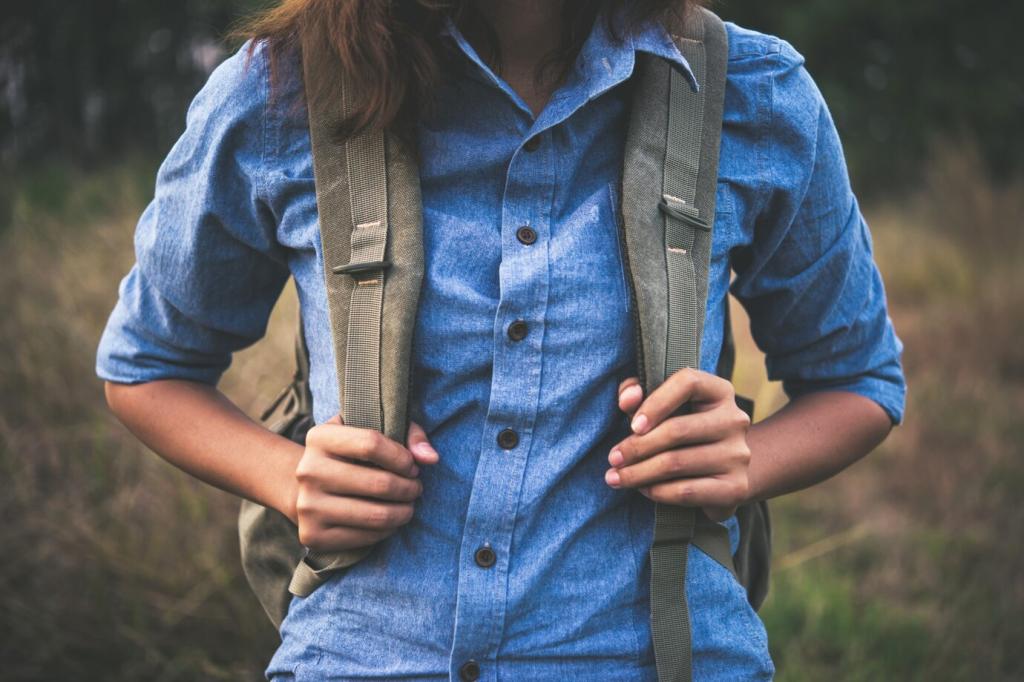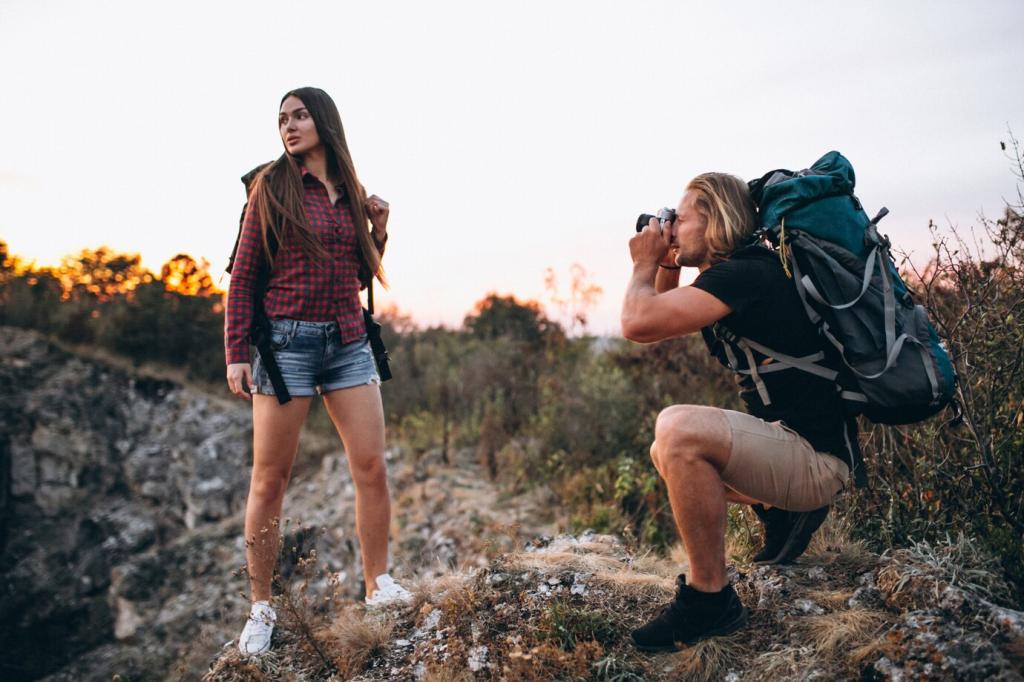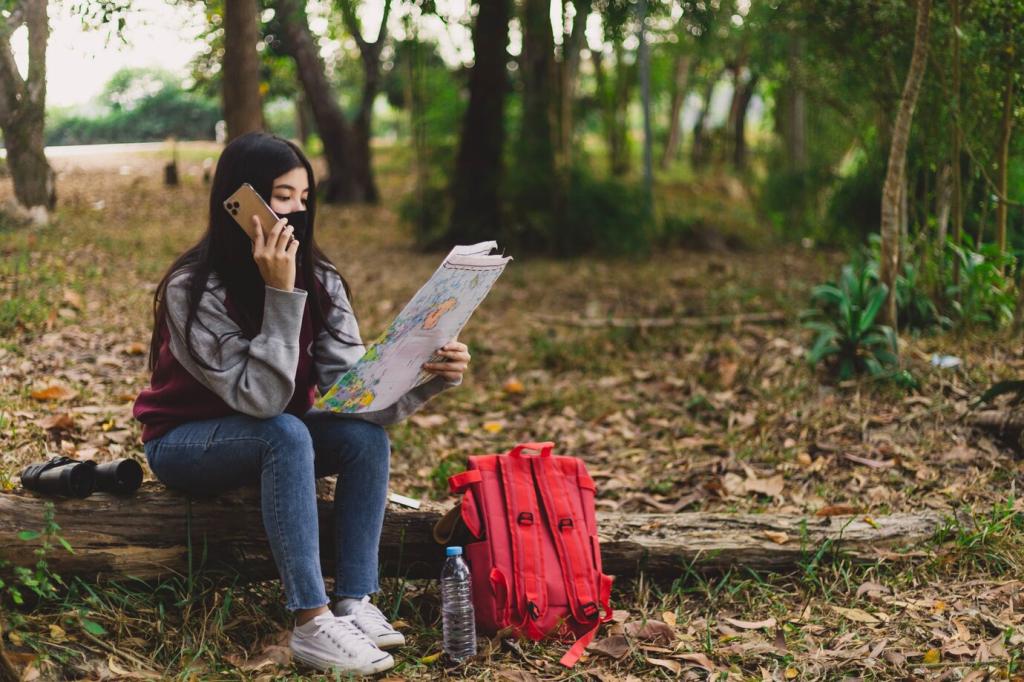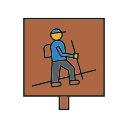Theme: Acclimatization Tips for High-Altitude Hiking. Welcome, summit dreamers and trail lovers. Here you’ll find practical, compassionate guidance to help your body adapt safely, so your spirit can soar. Share your questions, subscribe for weekly altitude wisdom, and let’s climb smart together.
How Your Body Adapts Above the Clouds
As altitude rises, air pressure drops, making each breath deliver less oxygen. Your body responds by breathing faster, increasing heart rate, and eventually producing more red blood cells. Respect this timeline, and you’ll hike stronger with fewer headaches.
How Your Body Adapts Above the Clouds
Headaches, light dizziness, reduced appetite, or a sudden need to catch your breath are normal early signals. Treat them as guides, not enemies. Ease your pace, drink warm fluids, and log symptoms to spot patterns before they escalate.


Build a Smarter Itinerary: Slow Gain, Big Wins
The 300–500 Meter Rule for Sleeping Elevation
Above 2,500 meters, limit your net sleeping altitude gain to roughly 300–500 meters per day. This simple guardrail dramatically reduces Acute Mountain Sickness risk. If conditions force a bigger jump, schedule a conservative buffer day immediately afterward.
Climb High, Sleep Low: Why It Works
Short acclimatization hikes above camp gently stress your system, then sleeping lower promotes recovery. The cycle nudges adaptation without overwhelming you. Keep side hikes slow, snack often, and return to camp with time to rest, rehydrate, and reflect.
When Weather or Health Says Stop: Flexibility First
Rigid itineraries cause rushed decisions. If headaches persist, appetite tanks, or storms build, take a rest day. Rescheduling beats descending sick. Drop a comment with your fallback plans, and inspire others to prioritize safety over schedules.
Hydration and Fuel: What Your Cells Crave Up High
Drink Early, Drink Often, Check the Color
Begin sipping first thing in the morning and continue small, frequent drinks all day. Aim for pale straw-colored urine. Warm teas, broths, and electrolyte drinks help replace fluids lost through fast breathing and dry, cold air.
Electrolytes and Carbs: Efficient Energy
Carbohydrate-rich snacks reduce oxygen cost per calorie, easing strain at altitude. Add balanced electrolytes to support hydration. Think tortillas with nut butter, couscous with veggies, or rice with broth—gentle on the gut, kind to your climbing rhythm.
Coffee, Alcohol, and Altitude: Smart Choices
A single morning coffee can be fine if you hydrate, but avoid late caffeine that disrupts sleep. Skip alcohol during acclimatization—its diuretic effect and sleep disruption can magnify AMS symptoms at the worst possible time.
Training and Breathing Strategies Before You Go
Consistent aerobic work—brisk hikes, steady runs, cycling—builds fatigue resistance so your body can invest energy in adaptation. Add hill repeats and weighted climbs to rehearse pacing. Finish sessions able to speak in sentences, not gasps.
Training and Breathing Strategies Before You Go
The rest-step adds a micro-pause at full extension, letting muscles recover with each stride. Pair it with two-steps-per-breath rhythm. This calm cadence conserves energy, keeps you present, and transforms steep grinds into sustainable progress.
Sleep, Recovery, and Evening Routines
Cold and dryness sabotage sleep. Use a properly rated bag, vapor barrier or liner, and manage tent ventilation to reduce condensation. Warm tea, dry socks, and a beanie help you drift off while your body quietly adapts.




Gear and Tools That Support Acclimatization
Pulse Oximeter: Useful Data, Not a Dictator
A fingertip oximeter can track trends in oxygen saturation, but treat numbers as context, not commandments. Focus on symptoms, performance, and how you feel. Record morning values to notice meaningful changes across acclimatization days.
Hydration Systems, Sun Protection, and Skin Care
Insulated bottles keep water from freezing; bite-valve hoses encourage frequent sipping. Strong sunscreen, lip balm, and sunglasses protect in intense UV. Healthy skin and eyes make acclimatization days more comfortable and less draining.
Layering for Rest Days and Cold Nights
A reliable puffy, windproof shell, warm hat, and dry socks turn rest days into real recovery. Staying cozy conserves energy, helping your physiology prioritize red blood cell production and respiratory adaptations while you relax.
Stories from the Trail and Your Turn to Share
On day three toward Everest Base Camp, our team split: one member rushed to the next village, chasing sunlight. By dinner, he had a pounding headache. We took an extra rest day; he recovered, and everyone summited Kala Patthar smiling.
Stories from the Trail and Your Turn to Share
What tiny habit saved your altitude day—an afternoon nap, ginger tea, or a strict turnaround time? Post it below. We compile reader wisdom into a living guide to help others acclimatize safely and joyfully.


